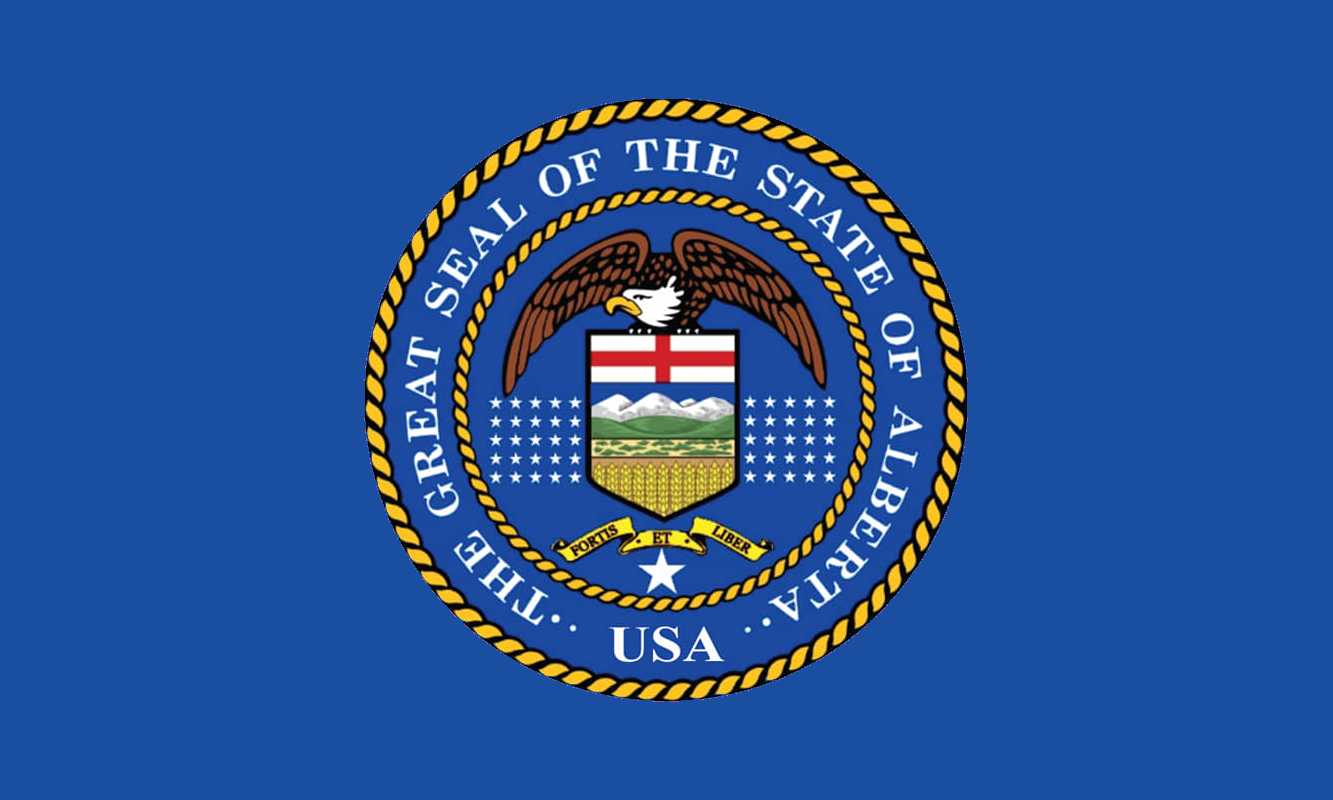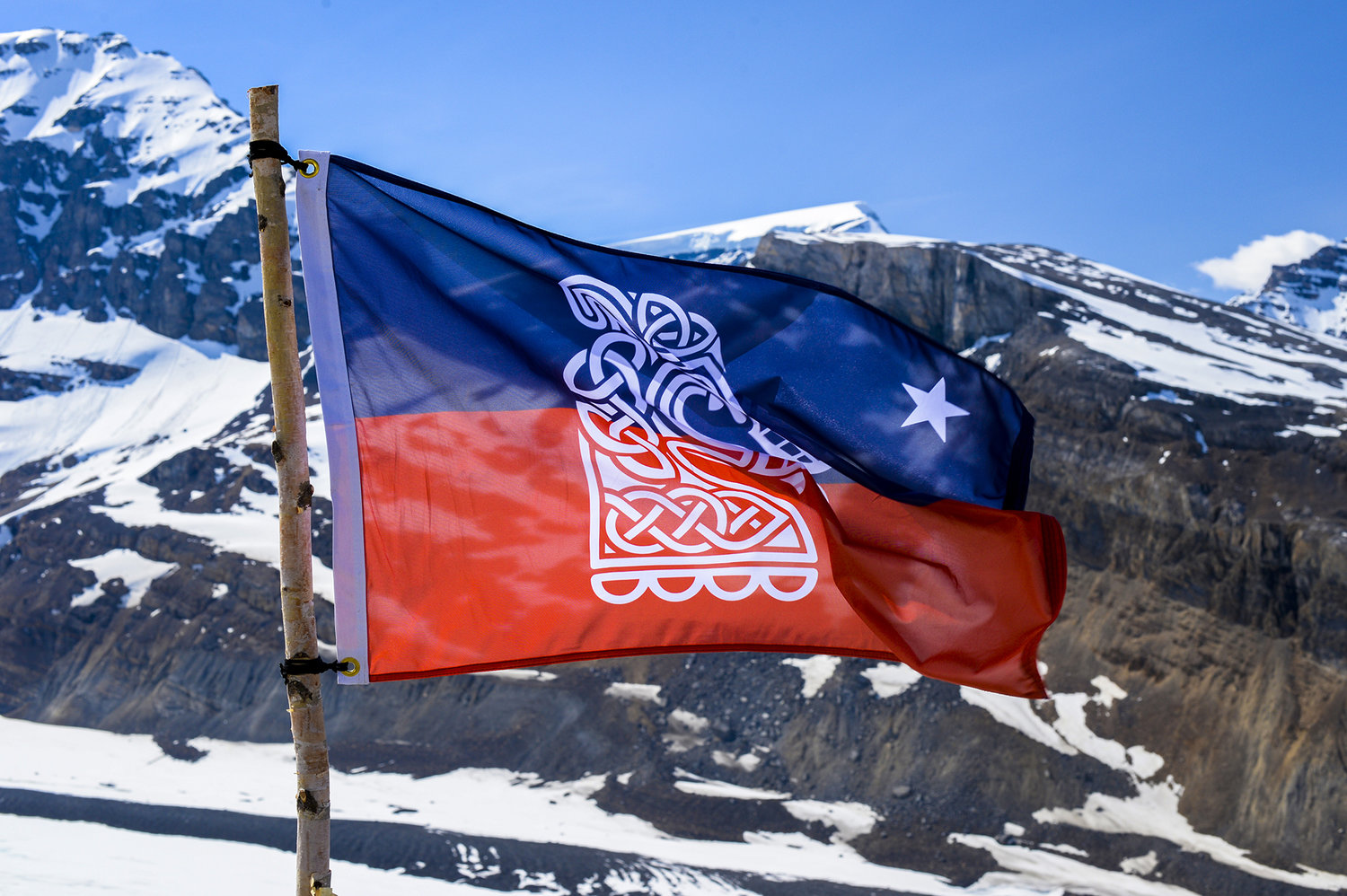The Goan Revolution was successful in establishing a new Goan Republic separate from its Portuguese masters in 1830, and this state needed a new flag. Many different flags were proposed but refused - despite the Mestiço officers who revolted being inspired by the French Revolution, French-style tricolours were deemed atheistic by the Catholic Brahmin priests who made an important part of the new state. After much discussion, this flag was a cross, representing Christianity, but this cross was to have three colours as if to imply a French-style tricolour. Blue, considered a Catholic colour in Portuguese heraldry, was prominent. The symbols of the municipality of Velha Goa - a mural crown covered with armillary spheres and crosses, the Wheel of Saint Catherine, and a castle - defaced the new flag. It was an overtly Christian and Catholic flag, in a state in which only Christians were eligible to vote, and its overt European symbolism made it clear that it viewed itself as an outpost of Christian civilization in India, a land of "pagan" and "Moorish" barbarity.
In the coming decades, to the Hindus who made up a large minority of Goa's population, this flag represented their subjugation by the state. It represented that they were nothing more than subjects of a state which claimed to uphold ideals of liberty, equality, and fraternity. As the Religious Liberty Association advocating Hindu emancipation gained steam in the 1870s and 1880s, unifying Hindu Brahmins and Kshatriyas in the name of religious equality while also separating itself from the strong Maharashtrian identity which so often sunk previous emancipationist movements. After much difficulties, in 1888 it finally won religious equality under the law, as the Christian supremacist provisions of the Constitutional Code were removed. But the overtly Christian Goan flag became a symbol of the law's former anti-Hindu exclusivism, and in 1891 it was replaced with a new one. This new flag was a French-style tricolour, to imply the ideals of equality of the French Revolution would be truly followed. The Wheel of Saint Catherine remained on the flag, though now it was redefined - according to the flag law, it was simply a "wheel of justice". To Catholics this could still refer to Saint Catherine's martyrdom, but to Hindus this "justice" could mean the Hindu concept of dharma, often represented by a wheel. Above it was a mural crown, representing republican authority. It was a flag, the new government hoped, that could represent Hindu and Catholic alike equal under the law. This flag has become an important part of Goan nationalism, so often nebulous and difficult to define in contrast to the similar cultures of surrounding Maharashtra. And thus it has succeeded.


